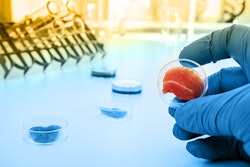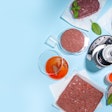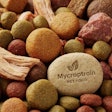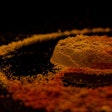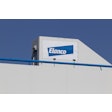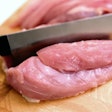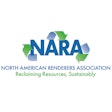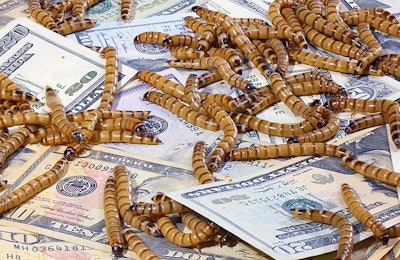
Decades before insect-based dog and cat foods appeared, mealworms had a place in the pet food industry as staples for reptiles, amphibians, birds and other pets. Many species have a long history of eating mealworms, but as novel protein and oil sources in dog and cat food, mealworms remain newcomers. The body of data on mealworms’ nutritional value for dog and cats is limited, but growing.
Researchers at the University of Illinois tested the characteristics of mealworms as pet food ingredients.
“Our results demonstrate that mealworm-based ingredients are high-quality protein sources,” the researchers wrote in the Journal of Animal Science. “Further research in dogs and cats is necessary to confirm sufficient palatability and digestibility, but these data suggest that they are valuable sources of protein for pet foods.”
Experiment on mealworm protein digestibility
The scientists measured protein quality and amino acid composition and digestibility of four varieties of mealworm products. The potential pet food ingredients came from two different species of mealworm.
Types of mealworm-based ingredient
- whole lesser mealworm (Alphitobius diaperinus) meal
- defatted A. diaperinus meal
- defatted yellow mealworm (Tenebrio molitor) meal
- hydrolyzed T. molitor protein meal
Sixteen roosters stood in for dogs or cats in the test. The scientists used the precision-fed cecectomized rooster assay to test amino acid digestibility. The assay involves a surgical procedure, similar to a human appendectomy, that turns roosters into an effective, efficient model for dogs’ and cats’ digestive systems. Four roosters ate one of the four varieties of mealworm-based pet food ingredients.
After the roosters had digested the insect-based pet food ingredients, the scientists collected the birds’ feces and analyzed it. All four ingredients had high amino acid digestibility. All amino acids except histidine and valine were more than 90% digestible.
Using the data from fecal analysis, the scientists calculated digestible indispensable amino acid score (DIAAS)-like values. These calculations determine protein quality according to Association of American Feed Control Officials (AAFCO) nutrient profiles, The European Pet Food Industry Nutritional Guidelines (FEDIAF) nutritional guidelines, National Research Council (NRC) guidelines. These organizations offer recommended allowances for adult dogs, adult cats, growing puppies and growing kittens. Hydrolyzed T. molitor protein meal had the highest DIAAS-like values, while defatted T. molitor meal had the lowest for most indispensable amino acids.



